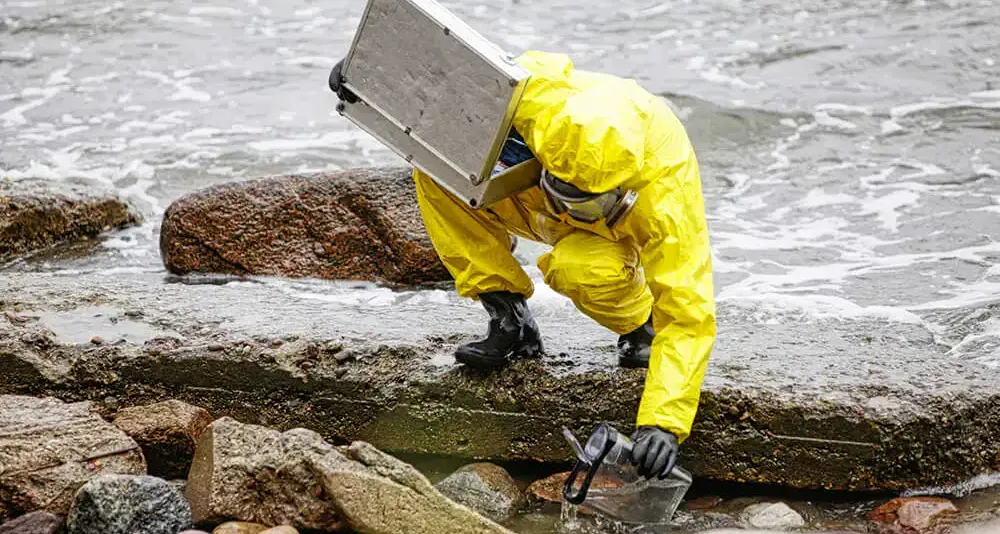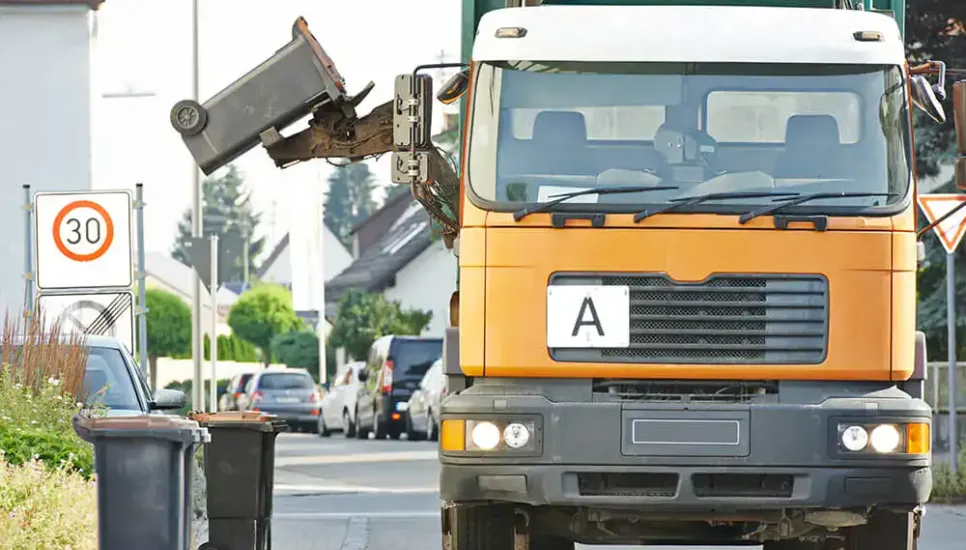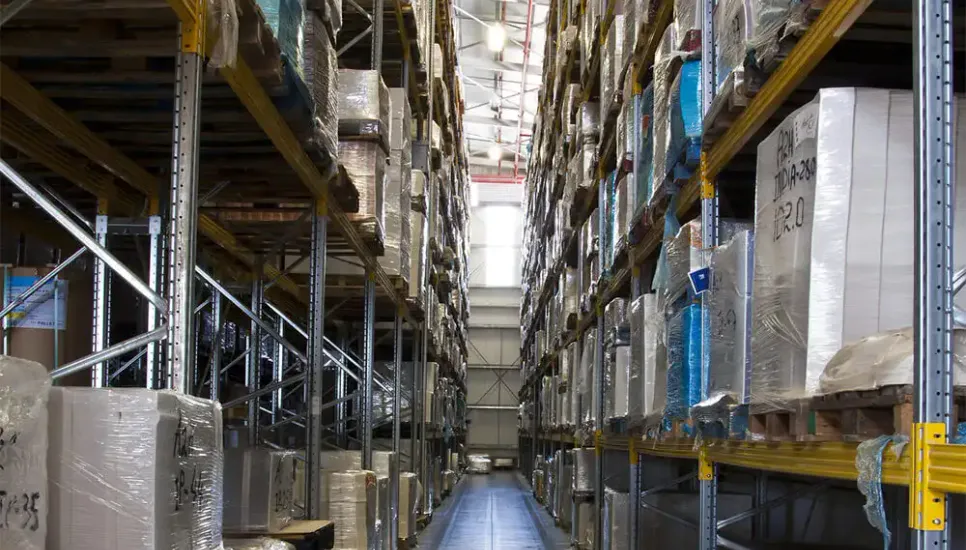Introduction
Working in sewer inspection and maintenance brings people in contact with a wide range of hazardous chemicals, biological products, and other life-endangering materials. The confined spaces of these work environments make them even more dangerous, which is why it is essential for employees to receive appropriate safety training.Potential Hazards
The frequent risks associated with sewer inspection and maintenance are:
Lack of Oxygen.
Enclosed spaces come with an added risk of changes in the normal oxygen content of the air. The minimum level of oxygen required for the human body to stay safe is 19.5%. Rust, bacteria, and lack of proper ventilation can severely diminish the amount of available oxygen to a point where adverse physical reactions are observed. If oxygen supply is not restored, health effects include nausea, vomiting, and even respiratory arrest. Escape is made difficult in these environments, as they often have a restricted entrance and no emergency exit.Fumes and Vapors.
The majority of industrial and domestic waste will decompose and give off a series of sewage gasses. While some are relatively harmless, carbon monoxide, hydrogen sulfide, ammonia, methane, and sulfur dioxide are not. Exposure to small quantities ofS leads to nausea and convulsions. Inhaling large amounts of this compound will rapidly render an individual unconscious and, if the worker is not removed from the environment, the incident can prove fatal. Long-term exposure to smaller amounts of toxic fumes is also linked to adverse health effects, such as respiratory tract infections and heart diseases.
Fires and Explosions.
Most of the above-mentioned gases, alongside some of the liquids present throughout drainage systems are combustible. A small spark or unintended heat source can lead to the ignition of these flammable substances, which causes an emergency that is difficult to handle in a confined space. Such enclosures don’t feature adequate ventilation systems, which leads to a buildup of sewer gases. Consequently, there is an outstanding risk that fires will quickly lead to deadly explosions.Biological Hazards.
Decaying sewage products present a series of life-threatening risks for people working in maintenance and inspection. Viruses and bacteria from the drainage often becomes airborne and can lead to gastroenteritis, Weil’s disease, infections, hepatitis, and allergic reactions. Although skin and hand-to-mouth contact are the most common ways of exposure, many of these micro-organisms can also be inhaled.
Incident Prevention
Many of the hazards associated with sewer inspection and maintenance are inherent to the work environment and will never be fully eliminated. To ensure the workers’ safety, supervisors and employers have to develop thorough risk assessment plans. Ultimately, however, the only way to reduce the occupational risk of sewer inspection is through comprehensive safety training.
Adequate personal protective equipment (PPE) should be worn at all times. This will often include footwear, eye and respiratory protection, but also gloves and visors. In particularly difficult environments, an individual oxygen supply might be necessary. Given the resilience of certain microbes, special safety protocols should also be followed with regards to the cleaning and maintenance of PPE.
When it comes to the presence of highly flammable gasses, additional safety protocols must be implemented, such as the close monitorization of fire sources and air composition. Given that most of the hazards mentioned thus far can lead to deadly situations, it is imperative for workers to constantly be aware of them and take steps to prevent accidents from happening.
Recommended Safety Courses

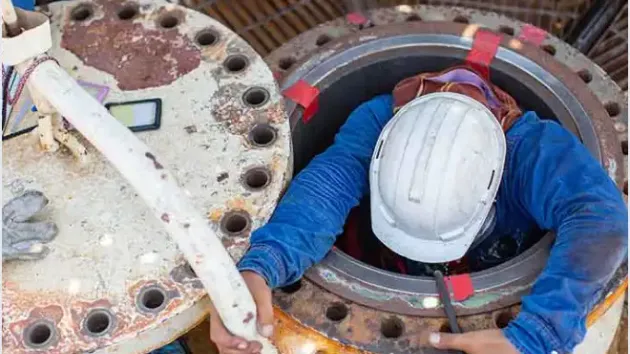
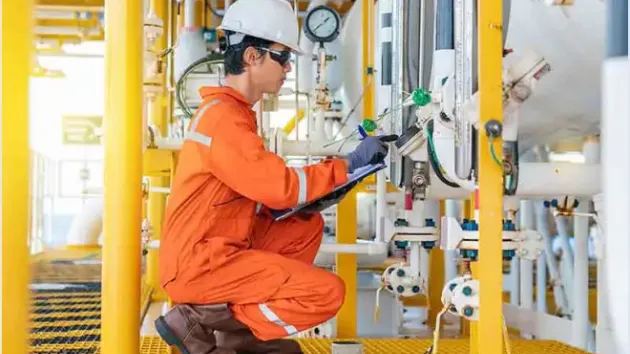
What You Can Do to Stay Safe
Whether you’re a sewage technician or waste products engineer, the only way to stay safe in sewage systems is to first become aware of the occupational hazards you are exposed to on a daily basis. Canadian employers are legally required to inform their personnel of the risks associated with their jobs, as well as to provide them with sufficient training that targets the latter.
To view a more extensive list of safety courses best suited for sewer inspection and maintenance, please visit our Waste Management industry page.
